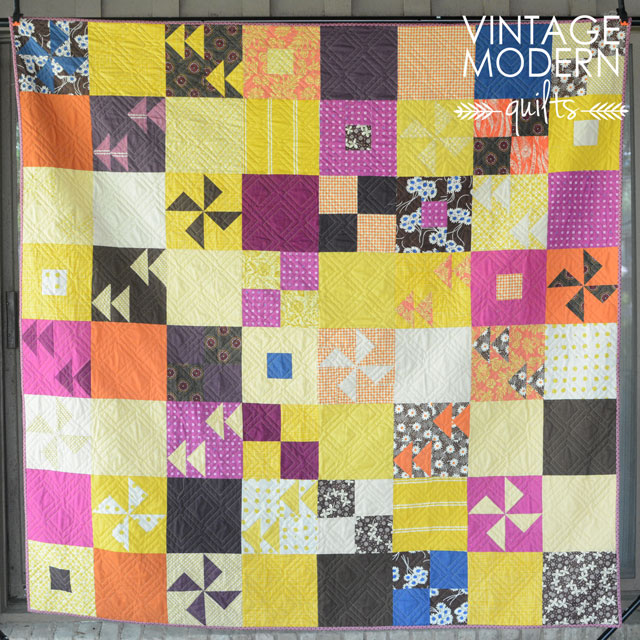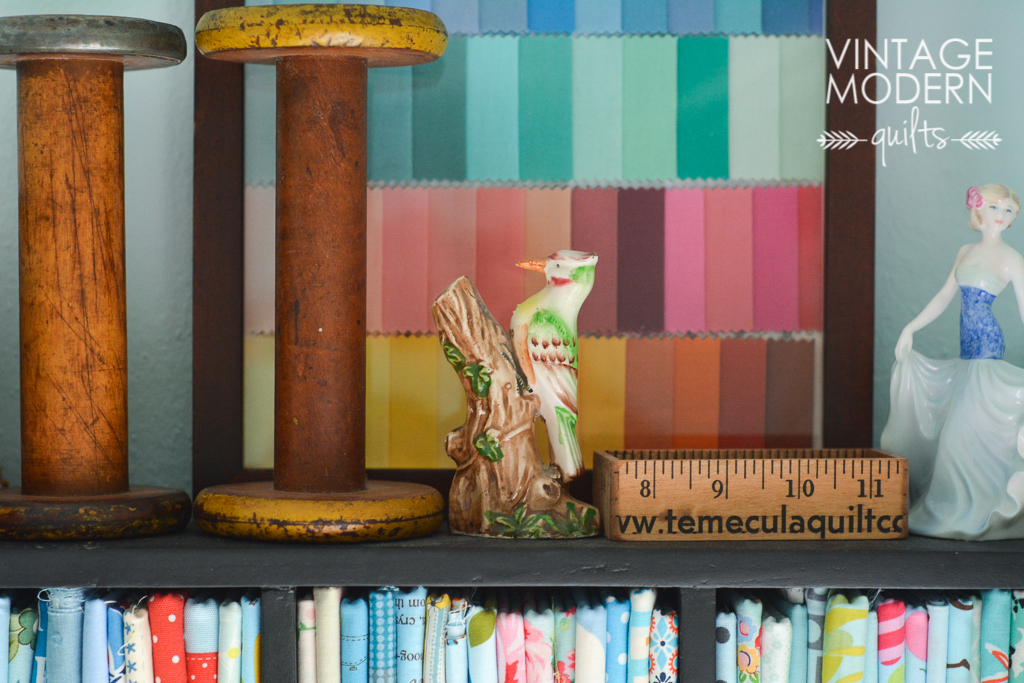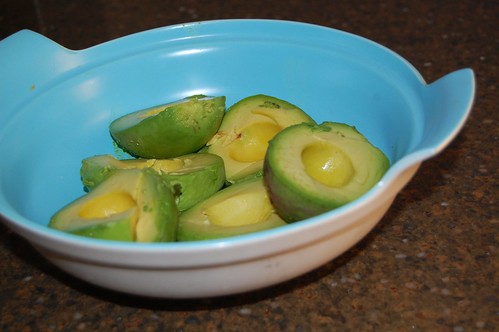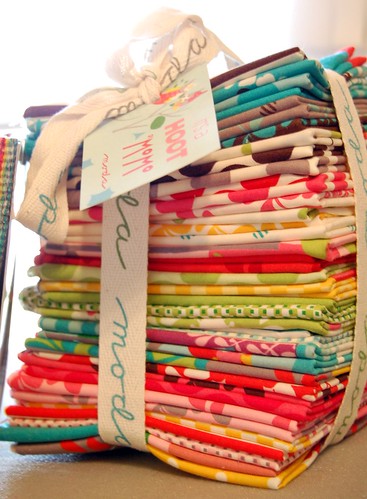What Was The Dress Style in 1940s
During a dynamic era defined by significant social and cultural transformations, clothing choices reflected resilience and creativity. Amidst global events, individuals sought ways to express their identity through attire. The resulting garments embodied practicality while emphasizing femininity and elegance.
In this context, shapes, fabrics, and colors emerged as vital components, offering a unique glimpse into societal values and personal expression. Women’s ensembles often blended utility with charm, showcasing an innovative approach to everyday wear. As designers responded to both necessity and inspiration, distinctive patterns and silhouettes began to take shape, leaving a lasting impact on contemporary wardrobes.
With an emphasis on craftsmanship and detail, these garments told stories of their wearers. Each piece crafted not only served a function but also acted as a canvas for individuality and a reflection of the prevailing spirit of the time. This exploration will delve into those noteworthy characteristics that continue to inspire modern aesthetics.
Origins of 1940s Dress Aesthetics
The essence of clothing from this era is deeply rooted in a confluence of cultural, social, and economic factors. Influences from war, practical needs, and evolving gender roles seamlessly shaped silhouettes and patterns, creating a unique identity for garments crafted at that time. This blend of necessity and innovation gave rise to a distinctive wardrobe that resonated with spirit and resilience.
World War II was a pivotal element in shaping this particular garment philosophy. Resources were scarce, leading to a focus on sustainability and functionality. Designers and wearers alike adapted to constraints, resulting in styles that emphasized durability without sacrificing elegance. As women entered the workforce in unprecedented numbers, clothing became emblematic of both empowerment and practicality.
Furthermore, post-war optimism played a crucial role in shifting aesthetics. As conflicts waned, a desire for renewal emerged, inspiring vibrant colors, bold patterns, and experimental cuts. Fashion became an expression of hope, reflecting a collective longing for normalcy and beauty after years of hardship.
Ultimately, this period’s clothing was not just about appearance; it mirrored societal shifts and the resilience of individuals navigating a rapidly changing world. Understanding these origins enhances appreciation for the enduring legacy of that era’s aesthetic contributions.
Key Fabrics Influencing 1940s Fashion
During this dynamic era, various materials played a pivotal role in shaping apparel choices, reflecting both practicality and aesthetics. Designers and wearers alike gravitated towards textiles that combined style with functionality, ensuring that garments were suitable for both daily wear and special occasions.
Wool emerged as a staple, prized for its warmth and versatility. Ideal for outerwear and tailored pieces, it was commonly employed in suits and coats, providing structure and durability. Additionally, crepe gained popularity for its unique draping qualities, allowing for elegant silhouettes that accentuated feminine forms.
Cotton also maintained prominence, especially for casual wear. Its breathable nature made it perfect for summer outfits, while printed variations added a touch of whimsy to everyday clothing. Meanwhile, the use of and silk became more prevalent in evening wear, introducing a sense of luxury and refinement to after-five looks.
Another notable fabric was rayon, which rose to fame as a cost-effective alternative to silk, allowing for softer textures and vibrant prints. Its adaptability made rayon a favored choice among flapper-inspired dresses and relaxed attire. The synthesis of these fabrics led to a rich tapestry of styles that defined the era.
Iconic Designers of the 1940s Era
During this remarkable period, numerous visionary creators emerged, significantly influencing attire aesthetics and shaping contemporary concepts. Their innovative approaches blended elegance, functionality, and practicality, paving the way for enduring legacies that resonate even today.
Christian Dior revolutionized female silhouettes with his groundbreaking “New Look,” characterized by voluminous skirts and exquisite tailoring. This design philosophy not only celebrated femininity but also offered a stark contrast to wartime austerity.
Claire McCardell championed casual elegance through her pioneering work in American sportswear. Her designs emphasized simplicity and comfort, appealing to modern women seeking versatility and practicality in their wardrobes.
Elsa Schiaparelli stood out for her daring use of color and unconventional motifs. Embracing surrealism, she integrated art and fashion, creating bold pieces that challenged norms and celebrated individuality.
Bonnie Cashin introduced innovative layering techniques and utilitarian elements, merging functionality with style. Her designs often featured bold colors and intelligent cuts, catering to active lifestyles while maintaining a chic aesthetic.
Each of these distinguished figures contributed to an unparalleled era of innovation and creativity, leaving behind a rich tapestry of influential works that continue to inspire future generations of designers.
Typical Silhouettes and Styles Explained
This decade showcased a remarkable evolution in garment design, reflecting both societal changes and artistic influences. Unique contours and aesthetics emerged, highlighting femininity while also accommodating practicality, which played a vital role in daily life during this time. The interplay of materials, cuts, and decorative elements contributed to a distinct visual narrative, making each creation a statement of its era.
A prominent silhouette during this period was the hourglass shape, which emphasized a narrow waist and curvy hips. Tailored bodices paired with flared skirts became ubiquitous, celebrating the natural form. This design was often enhanced with structured shoulders, further defining the silhouette and providing a sense of strength and authority.
This era also saw the rise of the wrap dress, which offered versatility and ease of wear. Characterized by a V-neckline and tie closure, the wrap design allowed for adjustability while accentuating the figure. Fabrics ranged from lightweight cottons to luxurious silks, making these garments suitable for various occasions.
Additionally, the use of patterns became prominent, with bold prints and stripes decorating many pieces. These lively elements added personality to outfits, breaking away from the more subdued tones characteristic of earlier periods. Mixing and matching different textiles within a single ensemble also gained popularity, showcasing creativity and individuality.
Finally, various lengths emerged, from tea-length hemlines to floor-grazing gowns, catering to diverse tastes and events. This variety ensured that women had access to options suitable for both casual outings and formal gatherings, empowering them to express their identity through clothing.
Impact of World Events on Fashion
Major global occurrences often shape cultural expressions, including attire preferences. Historical incidents can bring about shifts in societal norms, leading to innovations in clothing that mirror the evolving mindset of people during challenging times.
During tumultuous periods, such as conflicts and economic changes, individuals adapt their wardrobe choices to reflect their circumstances. This adaptability can be attributed to various factors:
- Resource Availability: Scarcity of materials often results in creative designs, utilizing what is accessible.
- Social Roles: As roles shift within society, clothing adapts to fit new expectations and demands.
- Cultural Exchange: Wars and movements facilitate the interchange of styles between different regions, enriching local attire.
In particular, austerity measures prompt simpler silhouettes and practicality in creations, while moments of celebration inspire vibrant colors and intricate details.
Thus, observing shifts in clothing can reveal profound insights into collective experiences, resilience, and transformation influenced by historical events.
Popular Accessories that Defined the Decade
During this remarkable era, a plethora of adornments played a significant role in complementing outfits and enhancing personal expression. Accessories served as essential elements, reflecting societal changes and giving a unique flair to everyday and formal attire. From practical items to exquisite embellishments, these accessories were instrumental in shaping a distinctive look that resonated with people of all walks of life.
Classic Handbags and Clutches
Bags became indispensable companions, with designs ranging from small clutches to larger handbags. Materials such as leather and wicker were common, adorned with intricate stitching or embellishments. These accessories not only provided functionality but also added a polished touch, allowing individuals to express their personal taste effortlessly.
Bold jewelry pieces emerged as essential components of many ensembles. Statement earrings, chunky necklaces, and decorative brooches garnered popularity, often featuring colorful stones and intricate designs. These accessories were a means to showcase individuality, as well as a way to incorporate a sense of glamour into everyday looks, transforming even the simplest outfit into something striking.
Q&A: What was the dress style in 1940?
What were some of the characteristics of women’s dresses in the early 1940s?
Dresses in the early 1940s were often made under rationing constraints, featuring simpler designs with less fabric. Common styles included A-line skirts and modest blouses, with utility clothing becoming popular due to fabric restrictions.
How did the introduction of Dior’s New Look in 1947 influence 1940s style?
Dior’s New Look dramatically changed women’s fashion by reintroducing a luxurious full skirt and a cinched waist, creating an hourglass silhouette that contrasted sharply with the earlier utility styles of the 1940s.
What types of materials were commonly used in 1940s vintage clothing, especially during rationing?
Due to WWII rationing, materials like nylon were scarce; instead, clothing was often made from rayon, cotton, and wool. Utility clothing used minimal fabric and was designed to meet strict government guidelines.
How did the fashion of stylish icons like Lauren Bacall and Rita Hayworth influence women’s fashion in the 1940s?
Lauren Bacall and Rita Hayworth epitomized 1940s glamour with their elegant evening dresses, tailored trousers, and statement blouses, often featuring shoulder pads and nipped waists, influencing everyday women to adopt a similar sophisticated style.
What were some popular designs for cocktail dresses in the 1940s?
Cocktail dresses of the 1940s typically featured A-line silhouettes with peplums or pleats at the hem, often designed in luxurious fabrics like silk or velvet to add a touch of elegance for evening wear.
Can you describe a typical day dress from the mid 1940s?
Mid 1940s day dresses commonly had a simple and functional design, often a shirtwaist dress that buttoned down the front and featured a modest knee-length hem and a belted waist, reflecting the practical needs of women during the war.
What role did fashion designers play in the evolution of 1940s women’s fashion?
Fashion designers in the 1940s, like Dior and American designers, navigated fabric rationing to create innovative designs that balanced practicality with style, such as introducing the wide leg trouser for women and revitalizing the fashion industry post-war with fresh silhouettes.
How did women’s fashion adapt to the needs of working women during WWII?
During WWII, practicality became essential in women’s fashion, with an increase in wearing trousers and overalls in factories. Designers tailored designs to suit the active roles women held, which led to the popularization of utility clothing.
What kinds of swimsuits were popular in the 1940s, and how did they differ from previous styles?
1940s swimsuits were often one-piece with modesty panels, skirted designs, or shorts integrated into the suit. They featured bold prints or polka dots and represented a departure from the more revealing styles of the 1930s, aligning with the decade’s modesty standards.
How did wedding dress styles in the 1940s reflect the fashion trends of the time?
1940s wedding dresses often mirrored the era’s austerity with simpler, less ornate designs. Many brides wore practical dresses that could be reused, characterized by modest A-line silhouettes and minimal detailing, although those who could afford often chose styles inspired by Hollywood glamour.




